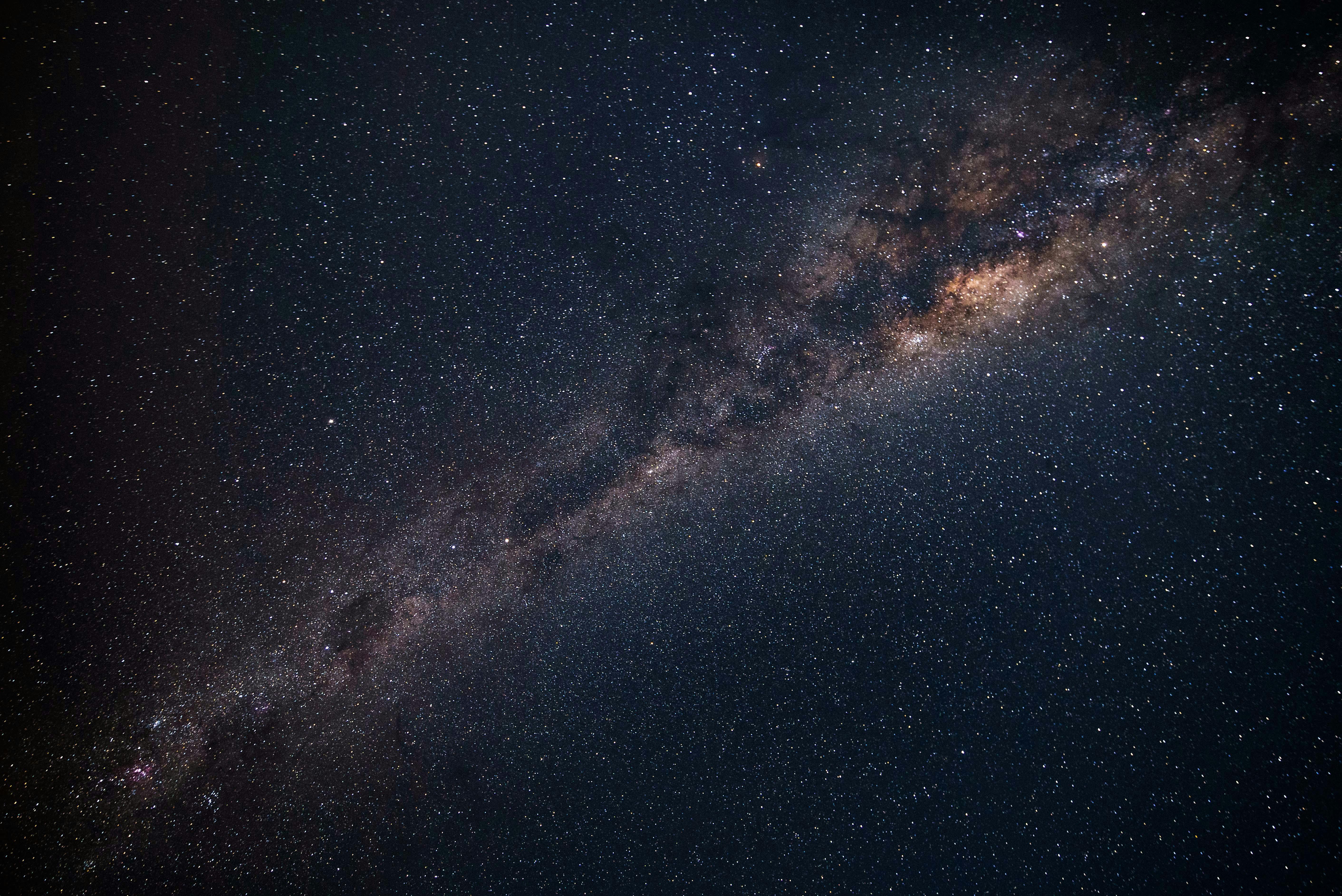The Emergence of Space Tourism: A New Horizon in Travel
In the early 20th century, the idea of space tourism was nothing more than a dream, a whimsical notion entertained by science fiction authors and futurists. But as we step into the third decade of the 21st century, space tourism is not just a reality, but a burgeoning industry with immense potential. In this article, we'll delve into the fascinating history of space tourism, examine recent developments, and explore the future of this extraordinary form of travel.

A Journey Through Time: The History of Space Tourism
The concept of space travel for pleasure emerged in the 1960s, around the time the space race between the USA and the USSR was at its peak. However, it wasn’t until 2001 that the first space tourist, millionaire Dennis Tito, embarked on a journey to the International Space Station, marking a monumental moment in the history of space tourism.
The New Era: Private Companies and Space Tourism
In recent years, private companies like SpaceX, Blue Origin, and Virgin Galactic have made significant strides in making space tourism a reality for more than just billionaires. These companies are developing spacecraft capable of carrying passengers to the edge of space, opening up new possibilities for tourism.
Advantages, Challenges, and Impact
Space tourism carries with it a host of advantages and challenges. It opens up a new frontier for exploration, inspires interest in science and technology, and could even contribute to our understanding of the universe. However, it also poses significant challenges including high costs, health risks, and environmental concerns.
The Future of Space Tourism
The future of space tourism looks promising, with plans for lunar tourism, Mars colonization, and even luxury space hotels. However, these ambitious plans will require technological advancements, significant investment, and regulatory frameworks.
Space Tourism: Facts and Figures
- The cost of a ticket to space ranges from $200,000 to $250,000.
- The International Space Station orbits the Earth at an altitude of approximately 408 km.
- The total time spent in space by all space tourists to date is over 100 days.
In conclusion, space tourism represents the next frontier in the travel industry. As technology advances and costs drop, more and more people will have the opportunity to embark on the ultimate adventure - a trip into space. Despite the challenges, the potential benefits of space tourism are immense, and the industry is poised for significant growth in the coming years. This new era of travel will not only redefine our concept of vacation but could fundamentally change our relationship with the cosmos.


